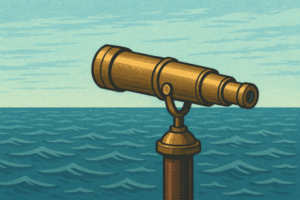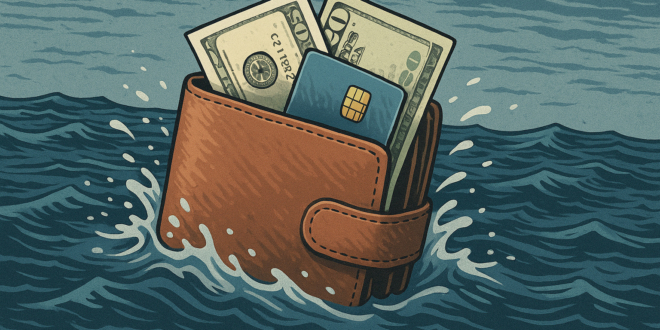In 2025, US consumers are fighting a losing battle for financial security. Instead of building buffers, growing debt is dragging them down. Rising living costs, persistent inflation, and surging debt are eroding what little cushion remains. For global payments and FI executives, these trends could signal shrinking margins, rising default risk, and deeper consumer fragility.
A stark economic reality check
According to Credible’s 2025 American Savings Report, 67% of Americans don’t believe they’ll ever “feel financially secure.” One in five consumers had no funds in their savings account at some point in the past six months, and 53% withdrew money from savings in the past year. That average savings withdrawal was $2,900.
Additional data shows an even tougher scenario:
- 44% cut back on contributions to savings this year just to keep pace with daily expenses.
- 25% went into debt to avoid draining their savings altogether – even among full-time workers.
- 37% of Americans lack an emergency fund; among those who do, 27% admit to using it for non-essentials.
- Among the 63% who have an emergency fund, the average balance is $18,500—but high-wealth outliers skew that number.
- Median savings balances by generation vary substantially: Gen Z, $3,400; Millennials, $9,000; Gen X, $9,600; Baby Boomers, $11,000.
Bankrate reports that 37% of US adults tapped their emergency savings in the past year. Another 33% have more credit card debt than emergency savings.
Behind those numbers lie sharp tradeoffs. Households are opting for debt over disinvestment, depleting their savings to stay afloat, and accepting a state of perpetual financial imbalance.
Context: Why this is happening (and why it matters)

Three things are driving the consumer struggle for security: inability to save, inflation pressures and debt as a way to manage finances.
Low saving rates and structural pressures
The US personal saving rate has tightened – from 5.7% in April 2025 down to 4.6% in August (seasonally adjusted) according to the Bureau of Economic Analysis. In real terms, many households simply lack surplus savings. Debt obligations, rent inflation, healthcare costs, education burdens – these everyday pressures absorb what might have been discretionary income.
Inflation’s stealth effect
Even when Americans nominally “save,” inflation is eroding purchasing power. Many report lower effective saving ability, attributing cutbacks to inflation and price volatility.
Debt as a substitute buffer
When cushions vanish, debt becomes the fallback. The Discover survey (2025) shows:
- 44% of Americans say they’re currently in debt.
- Of those in debt, 83–84% report that inflation makes managing their debt harder.
- 77% say paying down debt is expensive, and 70% say they aren’t financially prepared for unexpected expenses over $2,500.
- More than half (52%) say they lose sleep over debt; 58 % doubt they’ll ever escape it.
What FI leaders should watch

- Default risk is migrating upward. Consumers with weak or negative savings buffers are more vulnerable to shocks – illness, job loss, and rate hikes. Even small defaults could ripple broadly in credit and payments operations.
- Consumers may become rate-sensitive and volatility-averse. As yields shrink due to rate cuts or inflation, savers may flee traditional instruments, pushing capital toward fintech, high-yield alternatives, or speculative investments.
- Innovation in micro-savings, liquidity products, and debt-relief services will gain traction. There’s room for fintech firms or incumbent banks to offer ultra-liquid buffers, “just-in-time” credit, or automated replenishment tools.
- Segment risk is rising. Younger generations (Gen Z, younger Millennials) show greater exposure: low buffers, more frequent withdrawals, and less confidence in long-term goals.
- Regulatory and reputational risk may grow. As consumer fragility intensifies, failures in digital payments, overdrafts, or embedded credit might trigger scrutiny.
A global narrative
This isn’t just a US crisis – it’s a warning for every advanced economy facing inflation, wage stagnation, and widening inequality. Even as developed markets encourage consumer spending, many households are on the defensive.
The challenge isn’t just funding growth – it’s anticipating when the consumer underbelly breaks. Building resilience (in both consumer products and risk models) may be the next frontier.
By Jeff Domansky, Managing Editor

